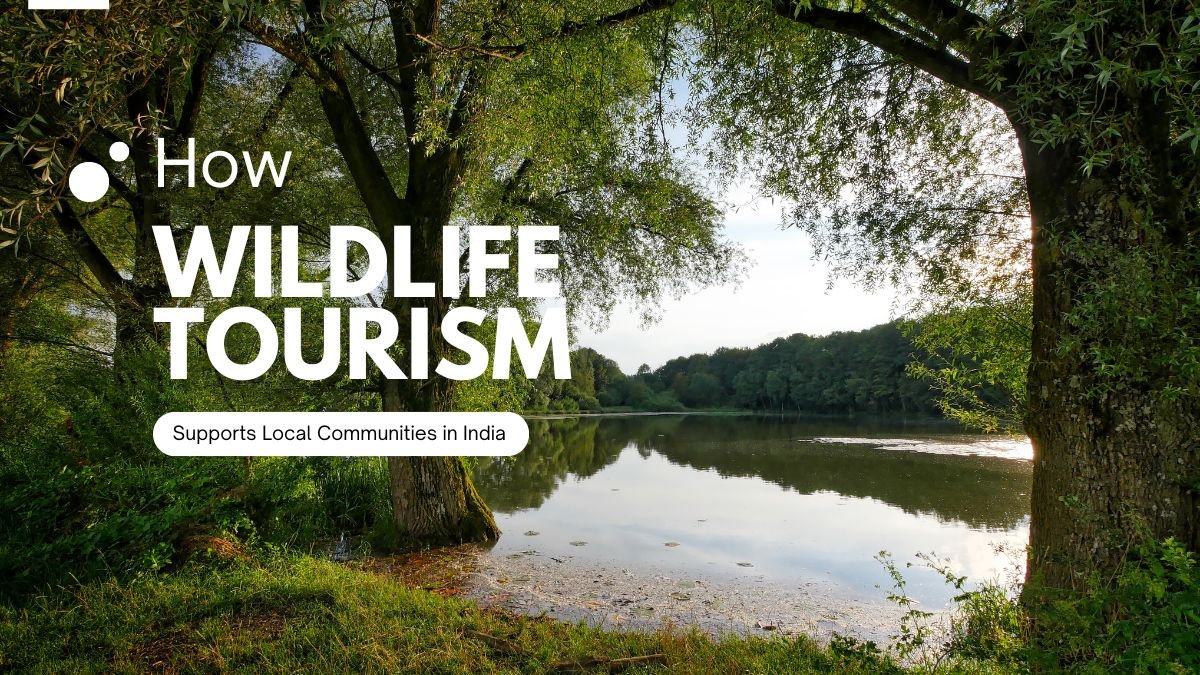The Lesser Known Sanctuaries of India: Awesome Places for Eco-Friendly Travel
When it comes to forests and national parks in India, the immediate naming would be Jim Corbett, Ranthambore, Kaziranga, or Kanha. However, there are a lot of wildlife sanctuaries in India which rather few people get to know. These places are not only excellent for offering a quiet experience but are also remarkable examples of environmental conservation and sustainable tourism.
If you are one of those individuals seeking real wilderness without a crowd while being eco-conscious, then you must visit these places. Let’s learn more about these hidden gems in India: Changthang Wildlife Sanctuary, Ladakh, altitude and rare wildlife.
What makes it very special
Located at a high altitude in Ladakh, it is a natural treasure of India, unlike any other in the whole expanse of grassland, where you can find creatures that are not found anywhere else.
Its greatest identity is the Tibetan Wild Ass, which the locals call ‘Kyang’.
Apart from this, you will also find the ruler of snowy mountains – the Snow Leopard and also the very rare Pallas’s Cat.
Importance of Eco-Travel
Changthang is a very fragile ecosystem; thus, to travel here means traveling with this fragility in mind. Many tourists flock here, so the environment here remains pure and fresh.
The only requirement you have is responsible traveling, consuming minimal resources, and staying at local homestays so that it not only creates memories but partakes in keeping this space preserved.
Paradise of forests and birds – Eaglenest Wildlife Sanctuary, Arunachal Pradesh
Why it is special
Known as the “Amazon of the East,” Eaglenest is indeed a heaven for birdwatchers and bird listeners alike.
All the greenness of this place can host thousands of birds of various types.
Hornbills and eagles are among the many other rare and colorful varieties that are visible here.
Importance of eco-travel
This place is great for bird-watching and jungle trekking. People come here to just admire the birds peacefully, without visiting them in their natural life, not harming anyone–either the environment or the animals.
Land of Dense Forests and Tigers – Pilibhit Tiger Reserve, Uttar Pradesh
Why it is special
Pilibhit Tiger Reserve of Uttar Pradesh is now slowly being counted among the best tiger spots in the country.
The dense Sal forests here.
There are also vast grasslands and rivers where you can find not only tigers, but also leopards, elephants and more than 300 species of birds.
Importance of eco-travel
Houses built as eco-lodges here give comfort to tourists, as well as being an example of sustainable lifestyle.
For instance, Wildlance Eco Foundation directly cuts across the conservation work here. When you stay here, part of your fees goes directly to forest and tiger conservation.
Diverse fauna and success in conservation – Kuno National Park, Madhya Pradesh
Why is it special
Kuno National Park is in news across the country these days because cheetahs are being reintroduced here. This is a landmark step in India because for the first time in nearly seven decades, cheetahs return to the Indian forests.
Apart from this, bears, leopards, jackals, and many types of deer live here.
Importance of Eco-Travel
This park shows that with the right action from humans and governments, even extinct creatures can come back. It is a golden opportunity to tourists to learn and know how conservation really looks like.
The World of Caves and Bats – Bhimgad Wildlife Sanctuary, Karnataka
Why it is special
The key attraction at Bhimgad is the Barapede Caves.
This is the only such breeding ground in the world for a rare bat species termed “Wroughton’s Free-tailed Bat.”
Besides that, there are subtropical moist forests here that are very beautiful.
Importance of Eco-Travel
If you are into nature and science, this is the right place for you, as here you gain different experiences in understanding the efforts of bat conservation and learning about the cave system.
Other notable yet lesser-known sanctuaries
These are just five sanctuaries out of many in India, and there are several others which we often ignore.
- Bhitarkanika National Park, Odisha – Known for its mangrove forests and saltwater crocodiles.
- Dibru-Saikhowa National Park, Assam – Yet another heaven for bird lovers, containing the rarest “White-winged Duck.”
- National Chambal Sanctuary (Madhya Pradesh, Rajasthan, Uttar Pradesh) – Set on a quiet river bank, the sanctuary is home to endangered gharial, Gangetic dolphin, and red-crowned roof turtle.
What makes visiting these places so important?
Most of the times, these people visit the well-known parks, thus increasing the crowd density at these places. The experience becomes spoiled for the tourists and in some cases even the animals and the environment suffer.
But these lesser known sanctuaries yield several benefits.
- There is hardly any noise and peace here.
- We see rare animals and natural treasure.
- Local communities get employed and financially supported.
- And last but not least- The pressure of tourism does not only confine to a few parks, thus preserving the balance.
Conclusion
Every forest and sanctuary in India differs from the other. All these lesser-known places impart a different lesson on connecting with nature, traveling responsibly, and understanding conservation efforts. Next time visit these hidden sanctuaries if you are truly in love with nature and want to promote sustainable tourism. You will not only be able to enjoy a different experience but also coalesce your contribution in saving such treasures for the future.















